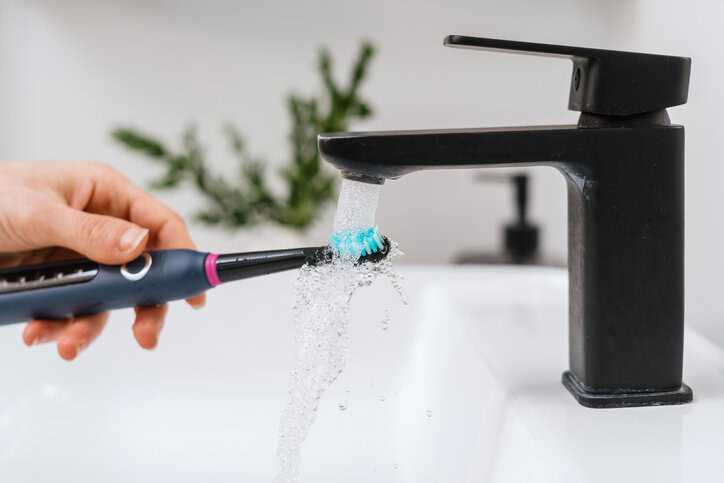ISO 20127:2020—Powered Toothbrushes

The electric toothbrush can rotate anywhere from 3,000 to 7,500 motions per minute, which is not something we can manually do when brushing our teeth. It removes more plaque and bacteria from teeth due to its oscillating or vibrating motion, which can reach harder-to-access areas, potentially leading to healthier gums and better overall oral hygiene. ISO 20127:2020— Dentistry – Physical properties of powered toothbrushes covers specifications for powered toothbrushes.
What Is ISO 20127?
ISO 20127:2020 specifies requirements and test methods for the physical properties of powered toothbrushes in order to promote the safety of these products for their intended use. The standard specifies that powered toothbrushes are used for the removal of dental plaque and oral debris to facilitate oral hygiene.
Common features of powered toothbrushes to which ISO 20127:2020 applies include a motor, a mechanical or magnetic drive system, and a moving brush head with tufted filaments. The moving brush head can have different motions (e.g., oscillating-rotating, side-by-side), frequencies, and velocities. The requirements listed in ISO 20127:2020 apply to all types of powered toothbrushes.
This standard is not applicable to other types of powered oral hygiene devices (such as powered interdental brushes) or manual toothbrushes.
The First Electric Toothbrush
The first electric toothbrush, the Broxodent, was invented in 1954 by Dr. Philippe Guy Woog in Switzerland. The device was plugged into a standard wall outlet and ran on AC line voltage. It was initially created for patients with limited motor skills and for orthodontic patients, such as those with braces. It assisted in stimulated the gums via physiological massage to dislodge food debris and effectively remove dental plaque. It was essentially a plug-in electric toothbrush with up-and-down stroked.
The toothbrush was introduced in the United States by E. R. Squibb and Sons Pharmaceuticals in 1959. After its introduction, the device was marketed in the USA by Squibb & Sons under the names Broxo-Dent or Broxodent in 1961.
What Are the Benefits of Using an Electric Toothbrush?
Electric toothbrushes can help you brush more consistently and effectively, thereby leading to better oral health. In fact, studies show that electric toothbrushes do a better job of cleaning your teeth than manual toothbrushes do, which can help prevent cavities and gum disease. Research also finds that an electric toothbrush removes 100% more plaque than a regular manual toothbrush, helping to fight off gum diseases such as gingivitis. Besides cleaning your teeth more efficiently than manual toothbrushes, powered toothbrushes also have the following benefits:
- Ease of use: Electric toothbrushes provide the cleaning action for the user with its oscillating/rotating technology and can sometimes be easier to use for people who have limited dexterity or hand mobility and for those with orthodontic appliances like braces
- More reliability clean: Electric toothbrushes can produce thousands of strokes per minute to remove plaque from the teeth
- Specialized features: Many powered toothbrushes have built-in features like timers and pressure sensors to assist the user to properly their teeth for the recommended amount of time; some offer various brushing modes, which can be helpful for people with sensitive gyms or teeth
ISO 20127:2020— Dentistry – Physical properties of powered toothbrushes is available on the ANSI Webstore.






